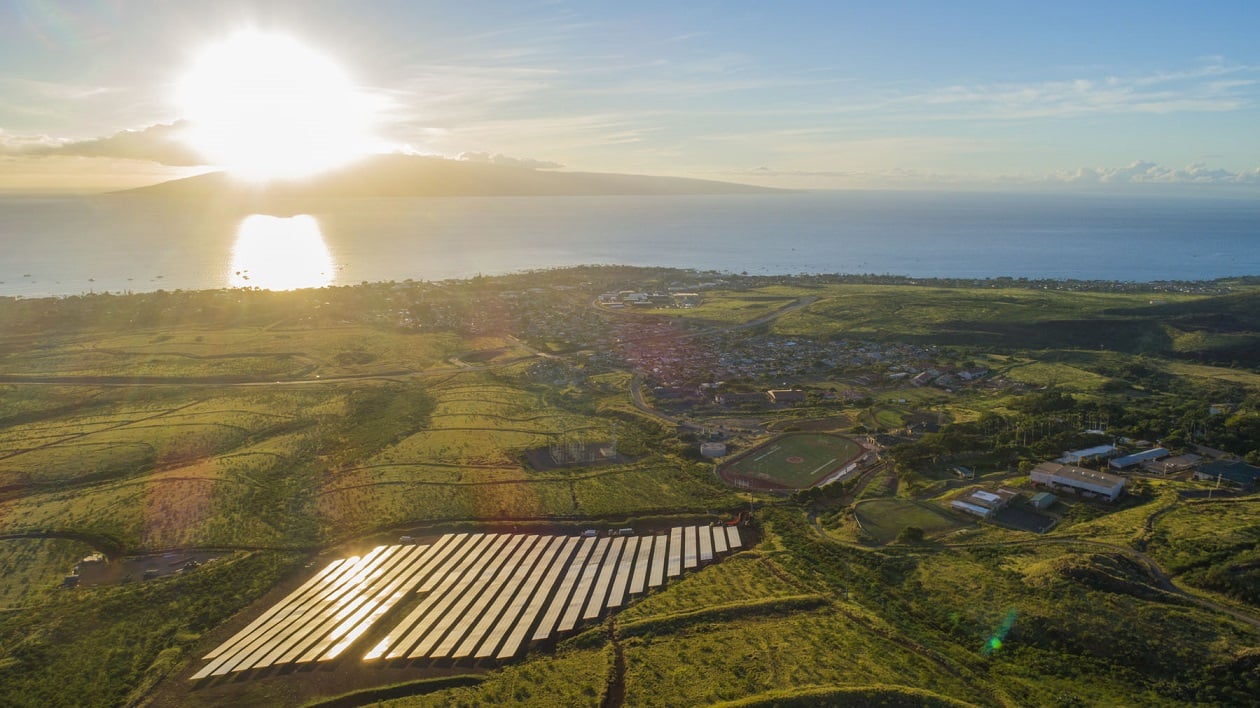Australia reveals AU$125 million investment package for renewables in the Pacific
November 18, 2024

Australia’s REnew Pacific scheme focuses on delivering off-grid and community-scale renewable energy in remote and rural parts of the Pacific. Due to its low installation costs and ability to deploy relatively quickly, solar PV is likely to play an integral role in the Pacific’s energy transition. The scheme will be delivered by the Australian Infrastructure Financing Facility for the Pacific.
Although the initial benefit of deploying off-gird renewable energy will be the decarbonisation of communities in the Pacific, it will also have other macro benefits. For instance, a steady flow of electricity will grant reliable communication connectivity for remote communities while boosting the healthcare and agriculture sectors. The Australian government believes this will ultimately enhance these remote and rural communities’ incomes.
This perspective is supported by Penny Wong, Australia’s minister for foreign affairs, who said: “Supporting Pacific nations’ transition to renewable energy and away from imported fossil fuels will enhance economic resilience, improve energy security and help them meet their climate goals.”
The AU$50 million APPET funding focuses on understanding the benefits of renewable energy investments. This will include several projects, such as energy transition modelling, grid studies, renewable energy project feasibility studies, university collaborations, and more.
The Australian government is working with domestic and Pacific stakeholders to design the partnership. Further details will be shared in early 2025.
Chris Bowen, Australia’s minister for climate change and energy, highlighted the importance of increasing the uptake of renewable energy technologies in the Pacific, stating that it houses some of the countries most at risk from climate change.
“Climate change is no longer an abstract concern, it’s a reality and an existential threat for Pacific nations. Australia is working with our Pacific neighbours to strengthen their energy security and accelerate the renewable energy transformation across our region,” Bowne said.
“Each step we take to fight climate change is a step back from the brink, and Australia is dedicated to working with our Pacific neighbours to make sure our next steps are the right ones.”
Indeed, it is estimated that around 20% of the population in the Pacific Islands is threatened with displacement due to climate change.
Solar PV in the Pacific
The Pacific is dominated by island nations scattered across the region, stretching from New Zealand in the southwest to Hawaii in the Northeast. The countries are often categorised into three major island groups: Micronesia, Polynesia, and Melanesia.
Melanesia extends from New Guinea to Fiji, and Micronesia, to the north, consists of around 2,000 small islands, including the Marshal Islands, the Mariana Islands, the Caroline Islands and more. Polynesia, the largest of the island groups, includes the likes of Hawaii, New Zealand and the Cook Islands.
New Zealand, one of the largest islands in the Pacific, already has a mature solar PV market, and several large-scale developments are ongoing. This includes projects such as the 420MW Point Solar Farm, situated in Canterbury, on New Zealand’s southern island, and a 220MW solar PV project proposed by Lodestone Energy at Haldon Station, also in Canterbury. The country’s ongoing energy crisis has also presented an opportunity for solar PV to become an increasingly important technology in the country’s energy transition.
In September 2024, PV Tech reported that the island nation of Fiji issued a tender seeking companies to express interest in building four ground-mounted solar PV power plants with a combined capacity of 31.93MW.
Search
RECENT PRESS RELEASES
Related Post



